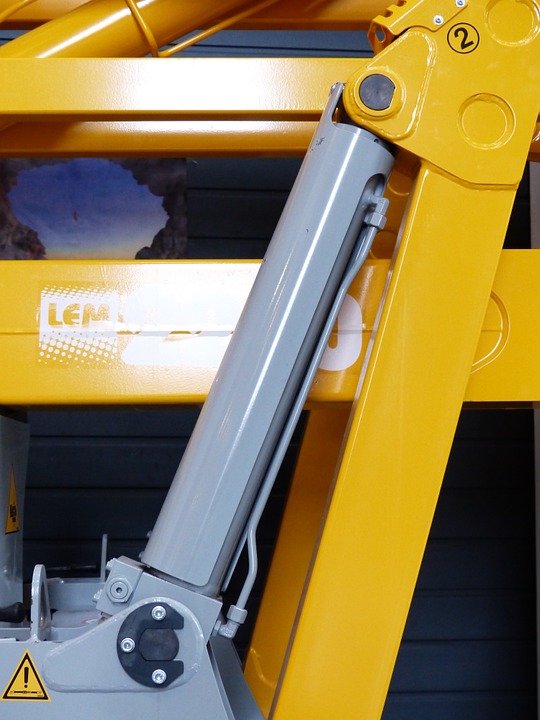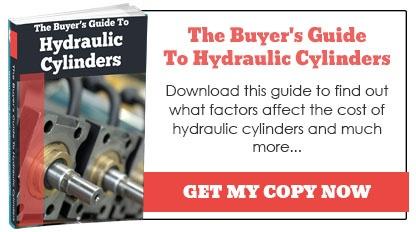
Hydraulic engineers will often face cylinder faults in the field. There are a variety of common ones which don't necessarily lead to catastrophic failures but which can impact negatively on performance characteristics. Of course, identifying a fault is a quite different matter from getting to the root cause of the issue. In this article, we'll examine the best methods engineers have at their disposal for working out what is causing a hydraulic cylinder fault.
Common Hydraulic Cylinder Faults & Their Solutions
- Problem 1: Damaged seals frequently occur when cylinders run too hot for any length of time. This overheating could be due to a number of reasons, such as leaking lubricants or a high ambient temperature. Leaking seals may also occur from time-to-time and this usually comes down to contaminated oil leading to corrosion.
Solution: Replace damaged or leaking seals as soon as possible. This often solves the problem but beware of wear and tear on the cylinder rod and contaminated oil as a result of the faulty seals.
- Problem 2: Broken or damaged piston rods. This can occur when a cylinder has been placed under too great a mechanical strain. Overloading can also cause damage to rod bearings.
Solution: A broken or cracked piston rod should be replaced. Bent piston rods may need to be replaced but you can try to realign them first.
- Problem 3: Broken eye bearings can be caused by sudden impacts or too great a shock load being applied to the cylinder.
Solution: Replace any faulty eye bearings as soon as you can before they cause further damage to the cylinder itself.
- Problem 4: Overheating can occur when a cylinder is insufficiently lubricated, or when it is placed under too much strain. This can cause a range of faults from damaged seals to piston rod damage.
Solution: Unless there is an underlying mechanical fault, overheating can normally be resolved by adding lubricants and sometimes by providing a more stable working environment.
- Problem 5: Corrosion is another very common hydraulic cylinder fault that is often seen in machinery used outside.
Solution: Ensure all cylinder components are well lubricated and that seals and oil are changed at regular intervals.
When To Consider Replacing A Cylinder
It is often better to replace a cylinder rather than invest the time and effort needed to salvage it. Of course, this comes down to individual circumstances and the need to get the hydraulic system back up and running again as soon as possible. Simple faults - e.g. faulty seals – can normally be fixed quickly and cheaply without having to replace the entire cylinder. It is worth keeping a stock of regularly used spare parts in order to avoid unnecessary downtime. Remember that expert help is available from Ranger Caradoc if you are unsure how best to proceed.
Speak To Us
At Ranger Caradoc, we have the technical expertise to help diagnose a wide range of cylinder faults, and to suggest the appropriate course of remedial action. To speak with one of our engineers please call 01299 896953.







